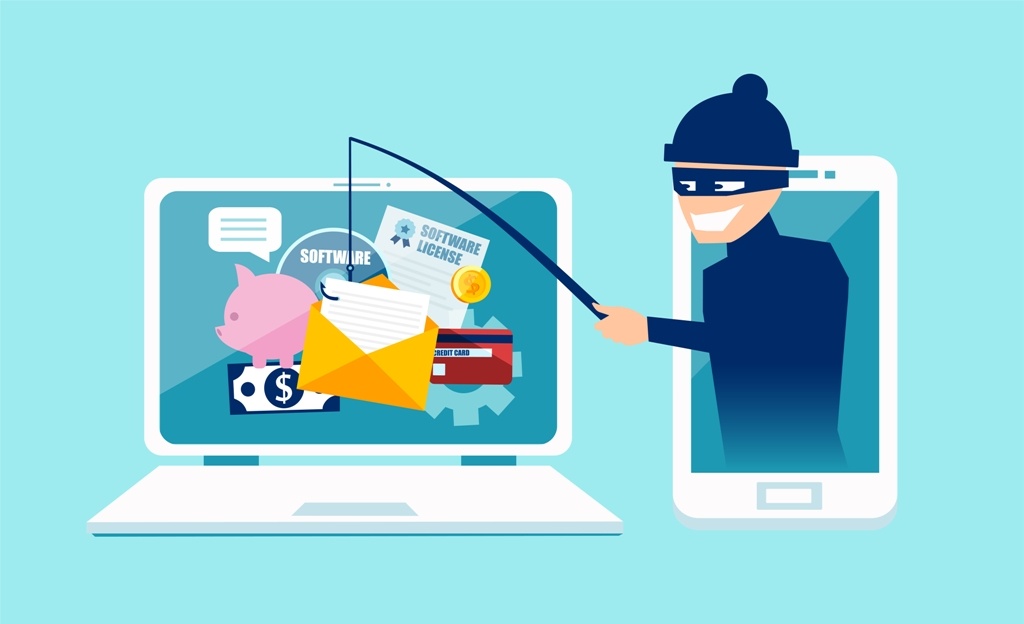15 of the Most Common Travel Scams and How to Avoid Them
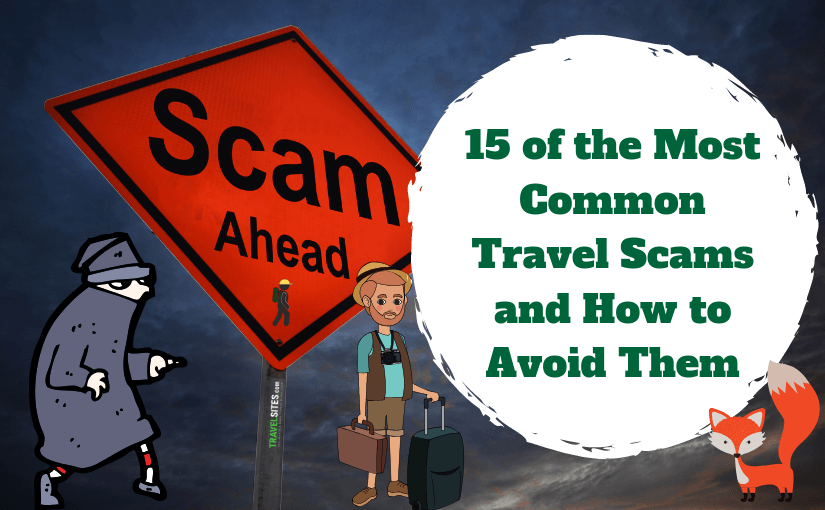
The thing about travel is that even though you’re an absolutely innocent tourist just hoping to unwind, relax, and learn something new about a different culture, there will always be opportunistic people who will exploit your lack of knowledge. They know that you’re not familiar with how things work around their locality, and they can exploit that to gain something at your disadvantage.
If you want to make sure your next trip is as seamless as possible – take heed. Here are some of the 15 most common travel scams and what you can do to avoid them.
The Insane ATM Withdrawal Fees
So you’ve just landed and you’re tired – you just want to catch the first ride to your hotel. But since you’re without cash, you head over to the first ATM you see and withdraw what you think you’ll need for the rest of the trip.
Lots of these ATM machines are positioned specifically around areas that expect lots of tourists, making them a convenient choice if you’re looking for an easy way to get your hands on some cash. Unfortunately, they can charge you up to 30% the amount you take out, so they will eat up quite a bit of your account’s contents.
How to Avoid It: Always travel with the exact amount of cash you expect to spend on your trip. Most international airports will have a currency exchange booth where you can switch your bills for the local currency. If you find that you run out of cash mid-trip, visit a trusted bank and perform your withdrawal there.
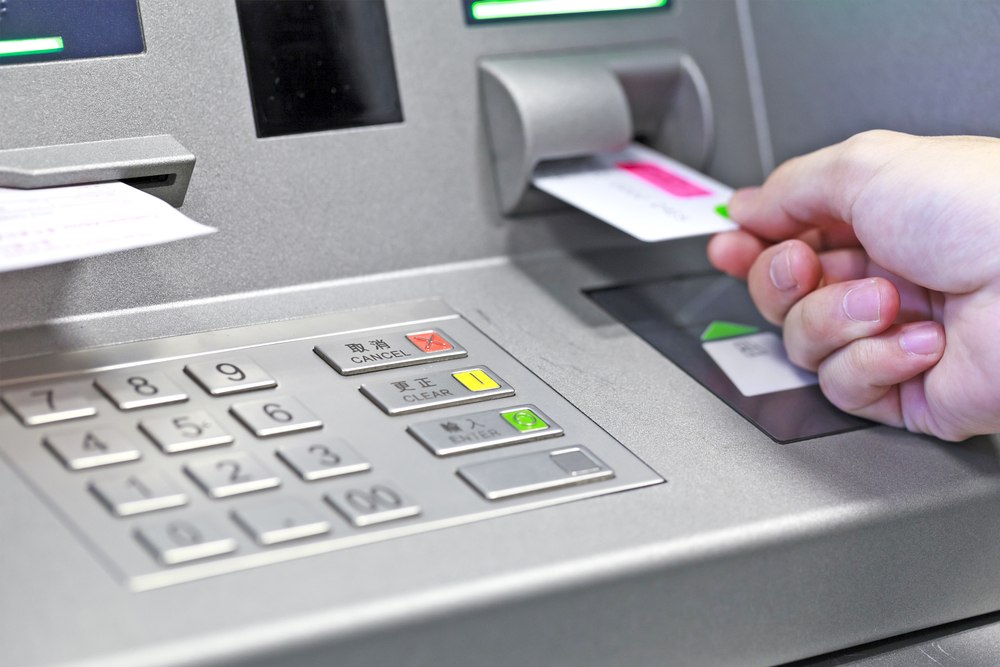
The Broken Taxi Meter
Now with your cash in hand, you hop into the first cab you spot and tell him where you want to go. He points to his meter and says its busted, so he’ll charge you a his own fee instead. You reach your destination and as you drag yourself out of the cab to collect your stuff from the trunk, the driver walks around the cab and tells you to pay up… several hundreds of dollars more than you expected to pay for a 30 minute drive. You try to refuse, but he starts to make a scene. So to avoid becoming the focal point of a bunch of people who have started to take notice, you give in and pay up. Ouch. Better go make another withdrawal.
How to Avoid It: Make it a point to choose cabs that operate strictly with the meter on. If not, look for a different ride. If the cab driver says he can negotiate a fee with you, don’t take the bait. There is nothing holding him to honor the rate you discuss, and he may end up charging you more anyway. To be extra sure, try looking up any ridesharing apps that operate in the locality to avoid steep fees and unsafe rides.
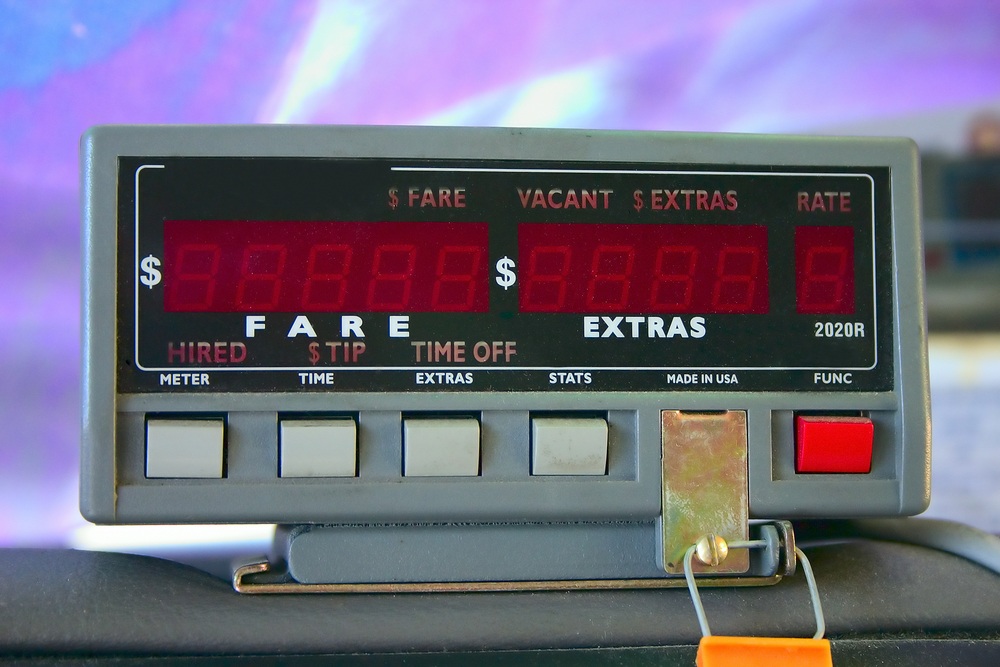
The Fake Authority Figure
You’re strolling down the street, visiting roadside shops when a strange man comes up to you to offer you what looks to be an illicit product or substance. You try to refuse, but he won’t let you leave. As luck would have it, a police officer sees you ‘buying’ the illegal product. They ask for your ID and your wallet, or ask you to pay a fine to avoid being taken down to the precinct.
How to Avoid It: Any officer who will ask to take money off of you is not a legitimate officer. Tell them that you need to see their identification to make sure they are who they say they are, and ask to call the police to be doubly sure. If they continue to pester you, walk away and walk fast – preferably in the direction of a crowded, well-lit area.
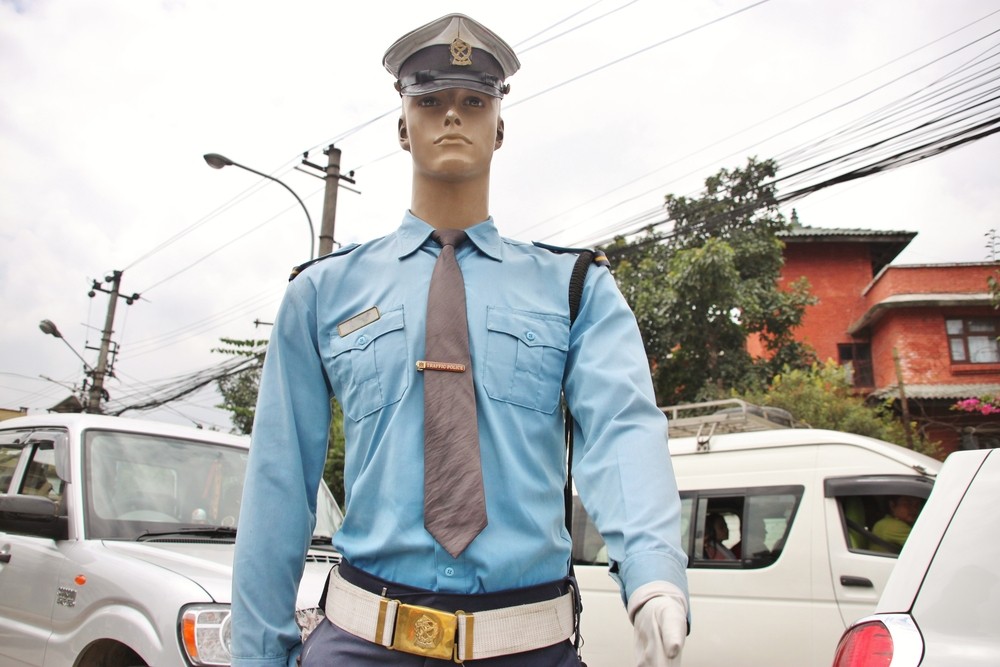
The Poor, Disadvantaged Beggar
It’s usually a kid, an elderly man or woman, or a pregnant lady carrying an infant. Whatever the case and whoever it might be, the impression is always the same – they look to be in a pitiful state. As a well-meaning traveler, you hand over what you can. But be cautious – some of these people work with syndicates, and others may even set you up as one of their accomplices watches where you stow your wallet so they can snatch it off of you later.
How to Avoid It: While there are some legitimate beggars out there who really need help, there’s no way to tell them apart from scams. So instead of handing cash, just offer up a snack instead. If you really want to help the poor locals, consider visiting a charity or a shelter where you can offer your cash donation to a reputable agency.

The Photo of a Lifetime
After a long, treacherous hike, you finally reach the tourist destination at the top of the mount where a small plaza greets tired climbers. They offer cold drinks, snacks, and a picturesque view of the thriving flora and cityscape down below. Of course, to immortalize the moment, there are people equipped with professional cameras, offering to snap your photo and print it on the spot. But as you snag the deal, they hand you over the photo and tell you to pay up, something to the tune of a couple hundred bucks.
How to Avoid It: There really is no need to ask for a local to take your photo and print it on the spot – you’ll have your own copies of pictures with your smartphone. Decline politely and take your own pictures. They’ll probably be better anyway.

The Free Bracelet
A beautiful bracelet? For absolutely free? Surely, that’s too good to be true? You guessed it. Locals will try to hand their target – usually women – what they claim to be a free giveaway. Sometimes it’s a bracelet, but that’s not all they can offer. Once you’re holding the item, they tell you how much you owe and demand that you pay them. You try to decline and hand the item back, but they won’t take anything other than cold hard cash. As they start to make a scene, you cave and give them what they asked for. Another couple bucks down the drain.
How to Avoid It: Basically, don’t take anything that’s free. The moment you’re holding the item, there’s no way they’re going to let you give it back. Just keep walking and try not to fall for giveaways. If it feels too good to be true, it probably is.

The Purchase Switch
At the local market, one of the stalls offers to give you a taste test of one of their best products. It tastes amazing, and you find yourself hankering for more. So naturally, you take out your wallet and ask to buy a few hundred grams of whatever that was. As you talk it up with a friend – or with another scam artist that’s working with the seller – you take your eyes off of your purchase for a moment. So they take the opportunity to bag an old, almost rotten stock and send you on your way.
How to Avoid It: Always keep your eyes on your purchases. Make sure they bag your items in front of you, and ask for a receipt whenever possible.

The Unsolicited Tour
You hop into a local form of transport – like a tuktuk – and tell your driver where you’re headed. But instead of taking the fast way to your destination, he courses through crowded side-streets and shops where he stops and tells you to check out the wares. You try to communicate that you’re not interested, but he doesn’t seem to speak English. So now you’ve purchased a bunch of stuff you don’t want, and you’ve wasted and the entire day of your trip.
How to Avoid It: Know where you’re going. If your driver takes a wrong turn, direct him to where you’re going. If he doesn’t pay attention to you, hop off on the first stop he makes, pay him for the distance traveled, and look for a different transport option.
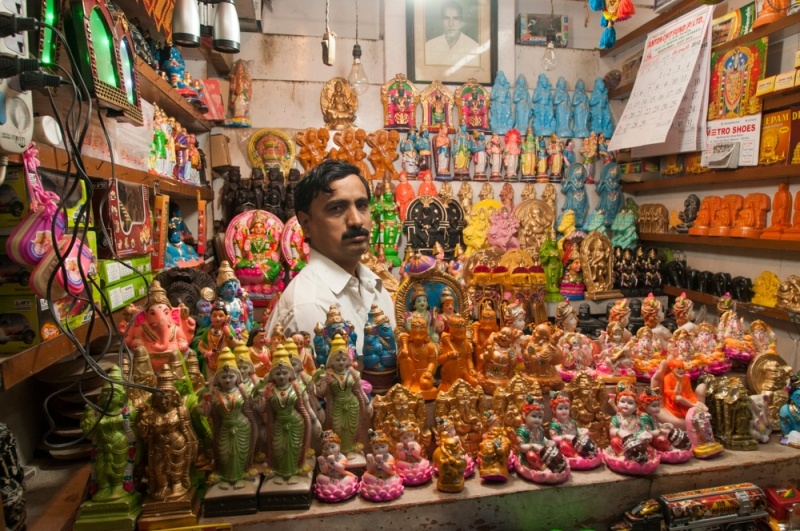
The Fake Money Switch
You’ve just finished a wonderful meal and your server walks up to your table to collect your payment. You hand over a big bill in the local currency, and wait for them to return with your change. But as they get back, they complain that your bill was counterfeit, hand it back to you, and ask to be paid with some other method. Unfortunately, the bill you handed over was absolutely real, but the one they hand back? Well, that’s the fake.
How to Avoid It: Walk up to the register when you make your payment and don’t take your eyes off of your money. Whenever possible, pay the exact amount so you won’t have to wait for change.
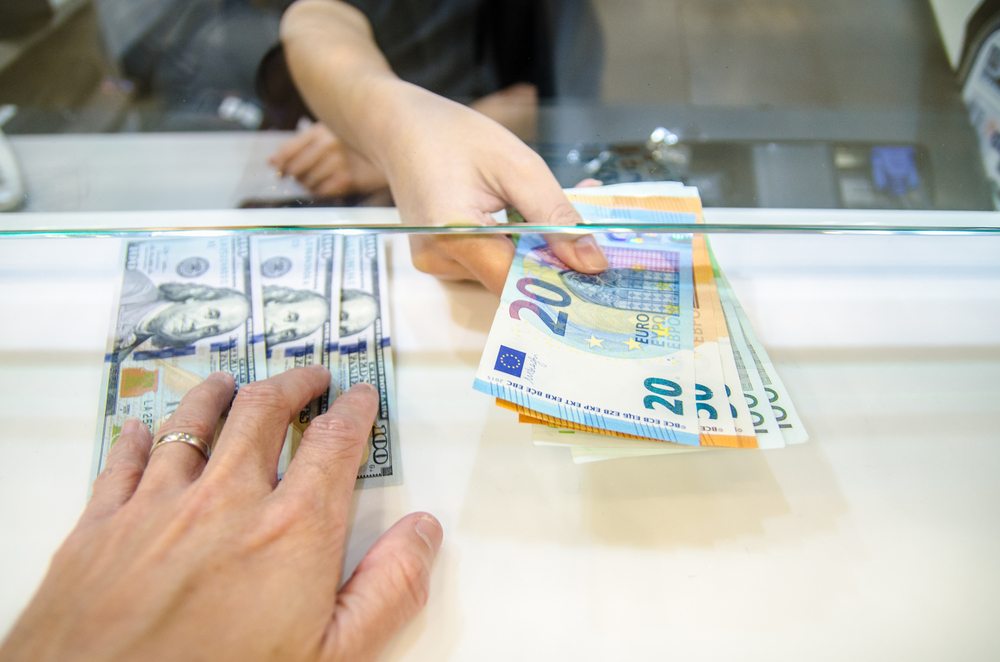
The Distraction
A local taps your shoulder and says you have something on your shoulder – something disgusting and sticky, more likely. As you try to get the unknown goop off, another scam artist dips their hand into your pocket or purse to take a few valuable while your guard is down.
How to Avoid It: They probably put that stuff on you on purpose. If they point it out, don’t attend to it right away. Take your bag and carry it in front of you, and make sure you’re mindful of all your pockets. Walk away and look for a safe place where you can get the gunk off without any opportunistic locals around to take advantage of the situation.
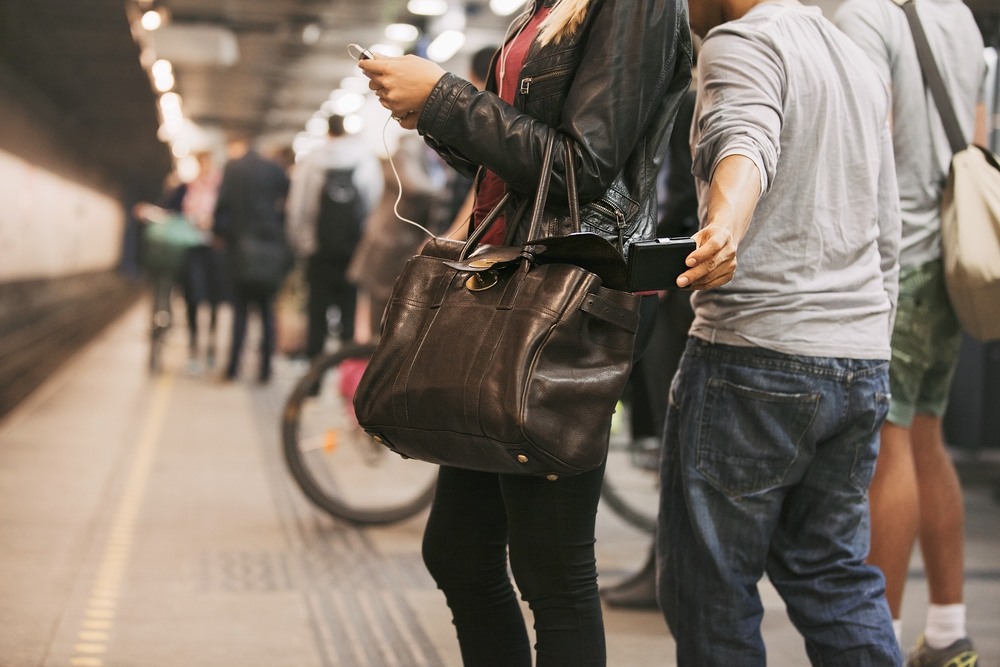
The Thick Crowd
Is it just you, or are there way too many people here? Well, it’s probably just you – because you’re the target of yet another clever scam. They arrive in a sudden wave, and what was once a casual stroll is now a fight to wiggle your way out of a crowd. You get pushed and shoved as you try to keep your cool, and the just like that, the crowd disappears… along with your wallet.
How to Avoid It: Keep all of your valuables where you can see them. Avoid big bulky bags with lots of exterior pockets. Whenever possible, wear your bag across the front of your body to avoid quick hands and fingers from dipping into it without you seeing.

The Bump and Take
Similar to the crowd scam, the bump and take works by catching you off guard. The scam artist would have likely been watching you for the past how many minutes – or hours – figuring out where you keep your valuables. Then, as you’re busy taking photos or talking with friends, they take the chance and bump into you, grabbing your wallet simultaneously.
How to Avoid It: Keep your cash concealed and try not to pull out your wallet for others to see where you keep it. Steer clear of crowded areas so people won’t have a reason to bump into you in the first place.
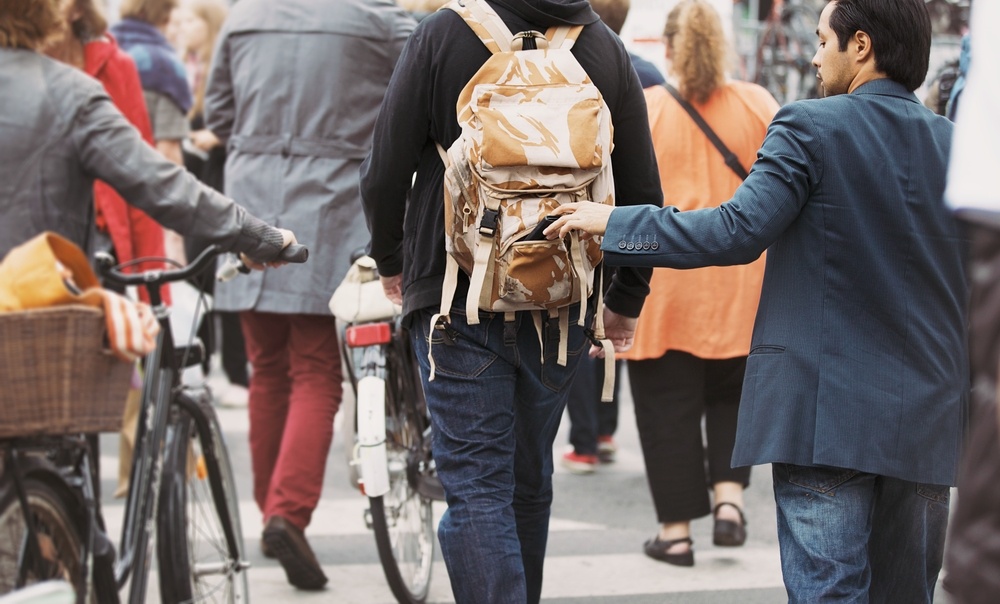
The Good Local
Once you find yourself in a sticky situation – whether at a malfunctioning ATM or as you’re loading your bags into the tight overhead storage of a bus – a good local steps up to lend you a hand. Be cautious though, their intentions might not be as clean as they seem. It can go any number of ways, but they will almost always be able to take something off of you as they gain your trust.
How to Avoid It: Is this good local suddenly speaking excellent English after you’ve noticed how no one seems to speak it well in the area? That should be a red flag. Decline politely and tell them you have the situation under control. Keep your valuables close to you at all times, and don’t be too trusting of strangers.
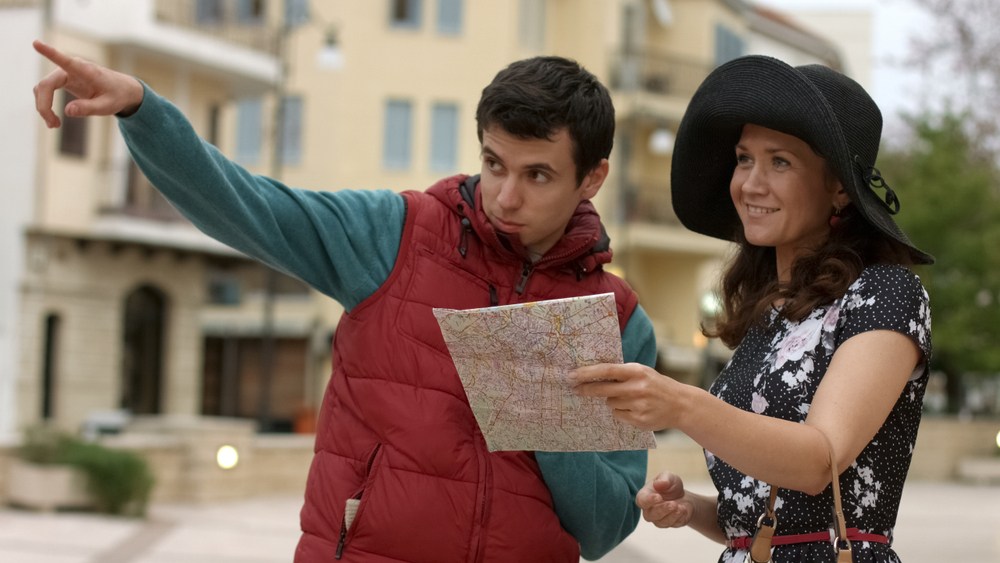
The Bargain Luxury Items
Luxurious carpets, exotic teas, jewelry and more – they’re probably going to try to sell you that stuff at a cheaper price. But always be wary of deals that seem too good to be true. These are almost always fake, and will probably cost you 10 times their actual price when you buy them off a scammer.
How to Avoid It: Never buy expensive luxury items abroad. If you really want to though, do your research beforehand and transact only with legitimate retailers in the area.
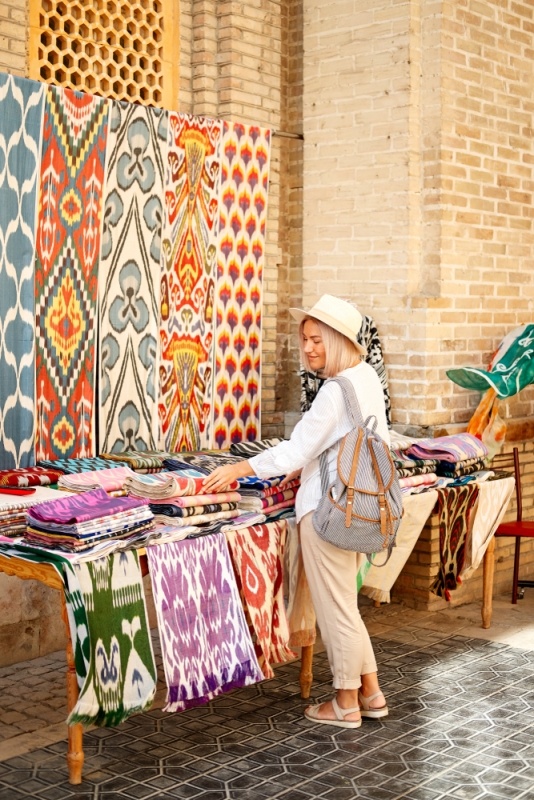
The Data Heist
You sit down and connect to the only public WiFi network available. You go about your business, checking your bank account, opening your email, logging in to your social media – completely unaware that the free network was a trap. Now the travel scammer has all your information, and they can use it however they want.
How to Avoid It: Always ask your hotel or airline where you can access the internet safely. Do not connect to free public networks where your data might be stolen. Whenever possible, use your own connection by renting a pocket Wi-Fi modem for travel.
